Coreopsis: description, types and varieties, planting and care
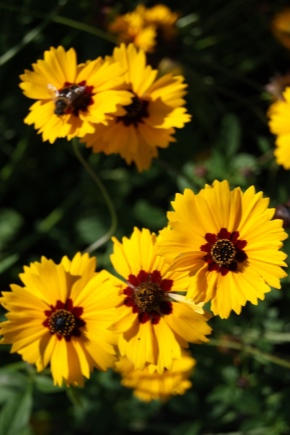
Coreopsis is a plant that is actively used in landscape design. With a skillful approach, the flower can take its rightful place among other specimens or become part of the central composition of your garden plot. However, before choosing this plant for home breeding, you should carefully read its description, characteristics, species and varieties, planting and care, as well as breeding options.
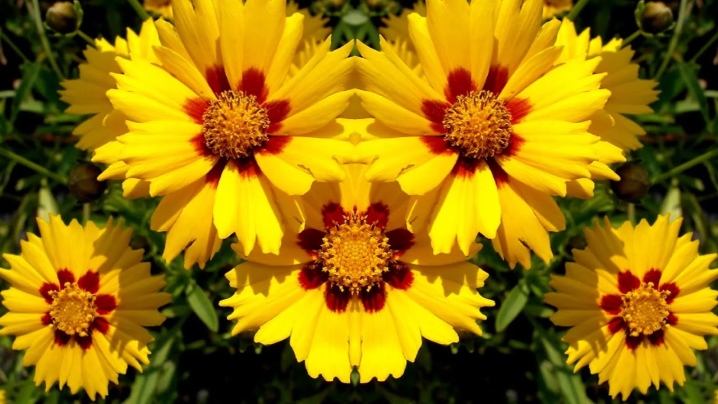
Description
If you want to diversify the landscape design of your site, then you should pay special attention to coreopsis. This plant belongs to the flowering genus and to the Asteraceae family.
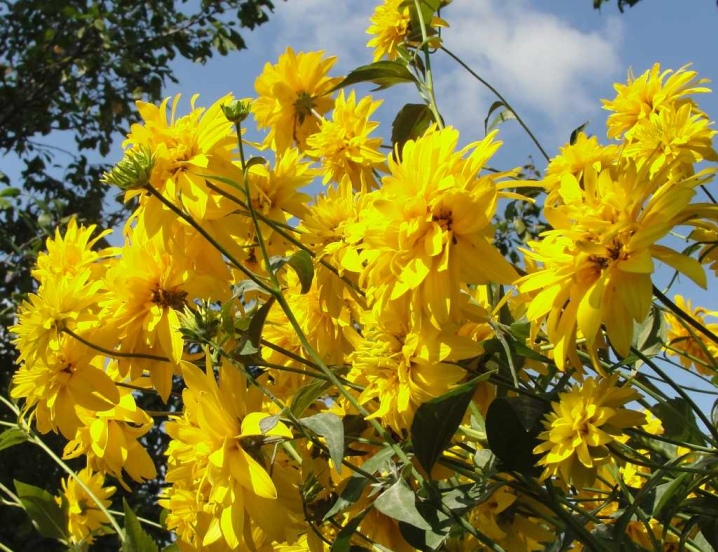
Despite the fact that from a scientific point of view, the described flower is called coreopsis (the name comes from the Greek language), there are other names for this plant among the people. You may come across names such as kaliopsis or streak.
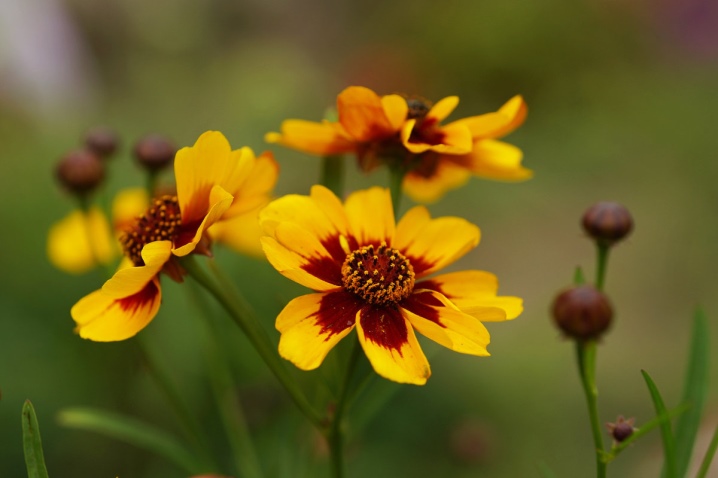
Coreopsis fulfills not only a decorative role, being a real decoration of any garden plot, but also has a functional value. For example, it is a forage crop for caterpillars and lepidoptera. Besides, the seeds of the plant serve as food for birds.

It is important to note that coreopsis includes several varieties and species. All of them are wild flowers of Florida - one of the states of the United States. As such, they were registered in 1991.
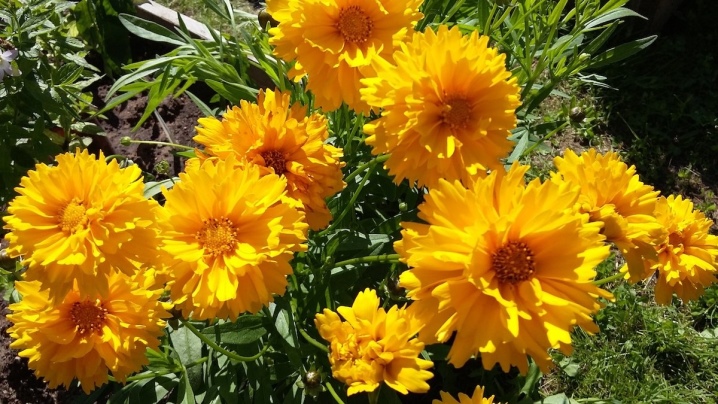
If we talk about the botanical description of a plant, then it should be noted right away that the appearance of a flower can vary significantly. For example, the standard plant height ranges from 40 to 120 centimeters. At the same time, coreopsis grows in the form of dense bushes, it also has fruits.
Today, the flower is actively bred and grown at home, but coreopsis can also be found in the wild. So, on the territory of North, Central and South America, scientists have recorded 28 plant species.
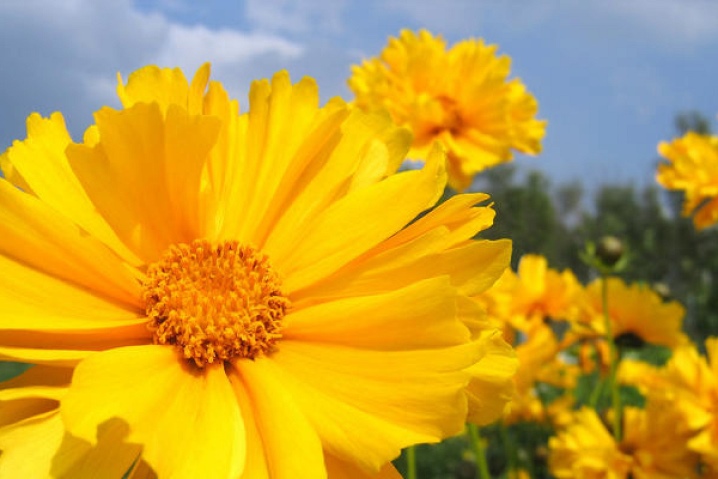
Coreopsis flowers have a so-called serrated ending. At the same time, the flower heads themselves are framed by eight petals.
If you are new to gardening, then comparing it with field daisies will help you imagine the appearance of this plant. Botanists compare these flowers for their tall stems and flowers.
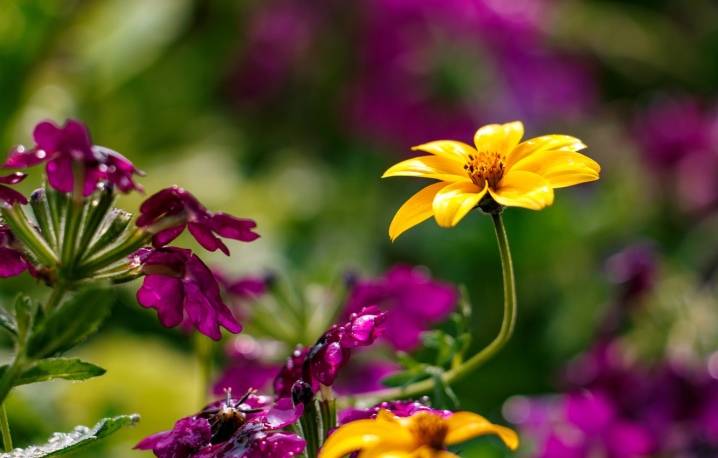
Types and varieties
Today there are a large number of different varieties and types of coreopsis: terry, yellow, annual, variegated, small-leaved, garden, pink, orange, etc. Let's consider the main ones.
- Roulette. It has double flowers in structure and scarlet in color, which have small yellow and orange blotches. This variety is often grown in various flower beds, as well as in flowerpots in apartments. They should be planted in sunny, well-drained soil.

- Earley Sunrise. Early Sunrise has a large number of golden yellow flowers. The plant can reach a height of 0.4 meters.
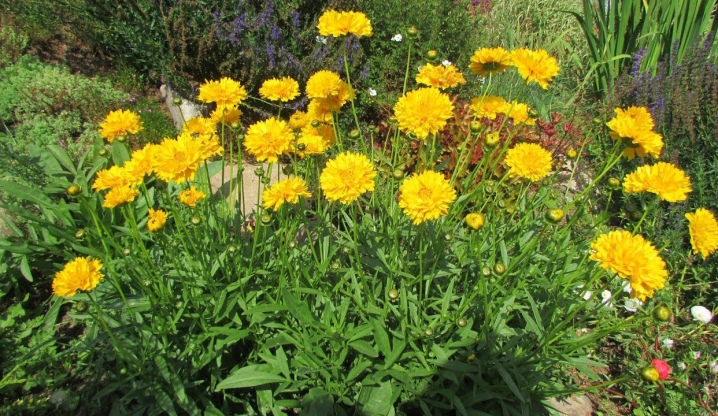
- Bloomsation Dragon. Bloomsation Dragon prefers moderate watering and garden soils. Differs in pronounced winter-hardy qualities, in height it can reach 35 cm.
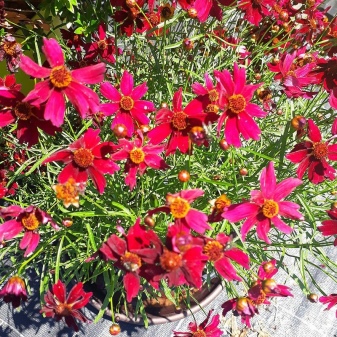
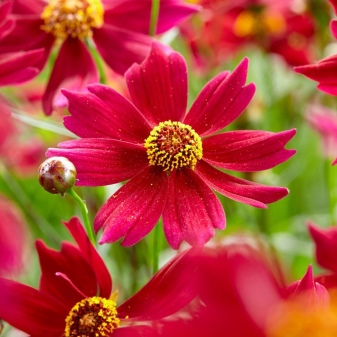
- Ruby Frost. Ruby Frost can have yellow or pink flowers. The variety is quite unpretentious in care.

- "Golden baby". This is a variety that forms dense bushes that do not exceed 0.4 meters in height. The flowers have a double texture and a yellow tint, which in the middle of the flower transforms into a rich orange. The flowering period is about three months.
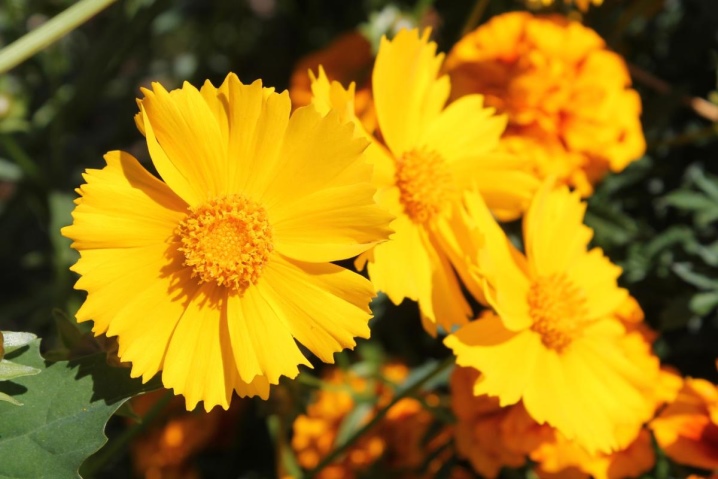
- "Amulet". The flowers have a reddish-brown tint. Most often they are planted along curbs or footpaths, as well as on rocky slopes.
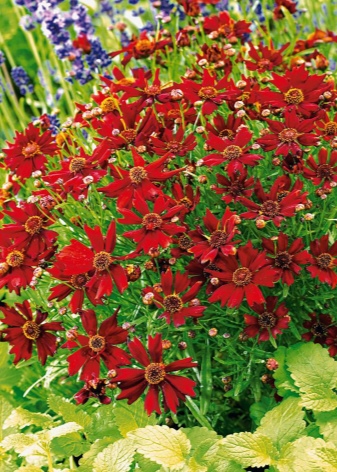

- Madras Magic. Madras Magic has pink-burgundy bright flowers. Loves sunny areas.
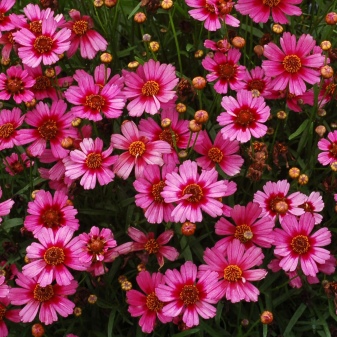

- Drummond. This variety is a shrub, the height of which can exceed 0.5 meters.
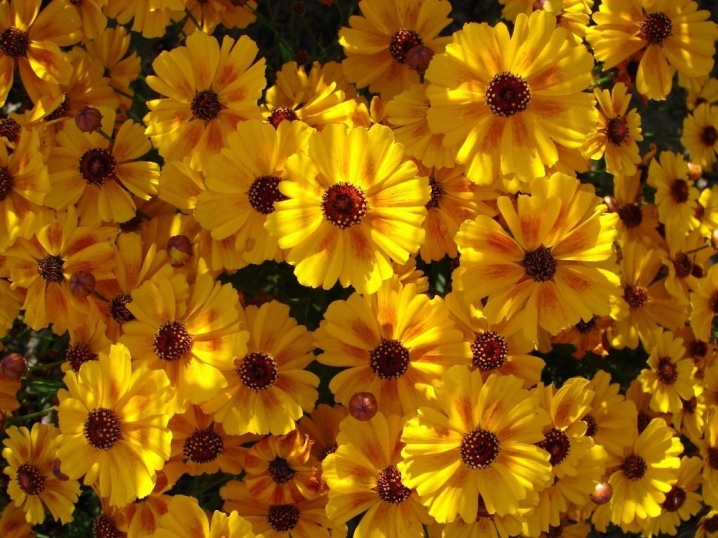
In addition, such varieties of coreopsis as "Zateya", "Lanslivd", "Incredible", "Golden Ball", "Sunfire", Bengal Tiger, "Bullfinch", "Presto", "Sun Ray", "Bloomsation Chameleon" ...
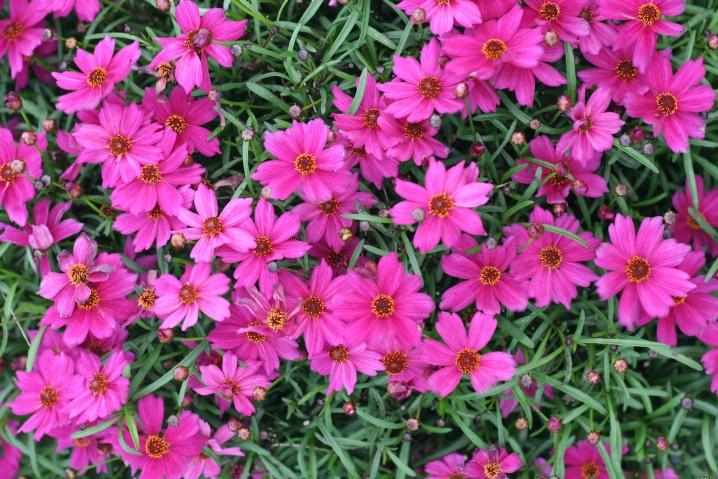
In addition to varieties, different types of plants are also distinguished.
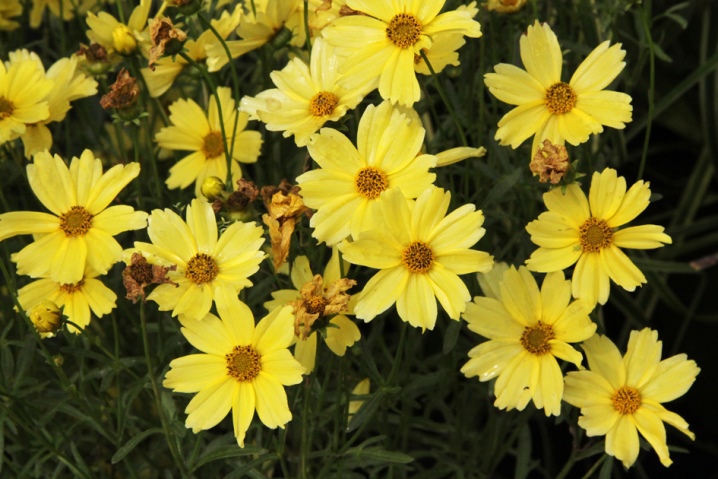
Dyeing
This species is characterized by a rather thin, but at the same time, having a large number of branches, the stem, which can reach 1 meter in height. The plant has yellow flowers with a burgundy color in the middle. The flower itself can be up to 50 mm in diameter. It blooms in summer and autumn.
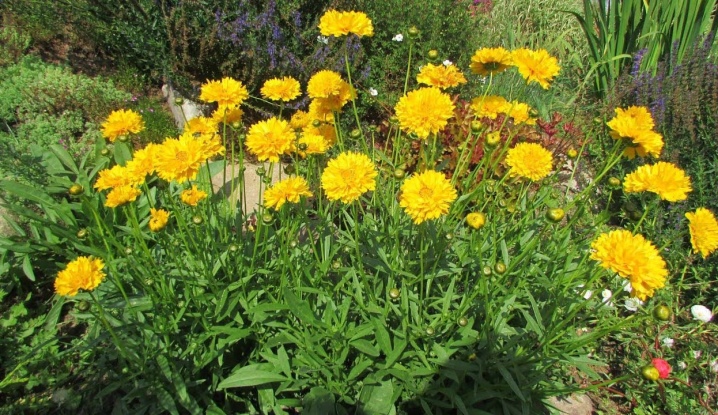
Large-flowered
The name of the species speaks for itself - the plant has rather large flowers. The bush itself has a spherical shape and can reach one meter in height.

Lanceolate
This type of plant in the wild is found in the United States of America and Canada, as well as in Mexico.
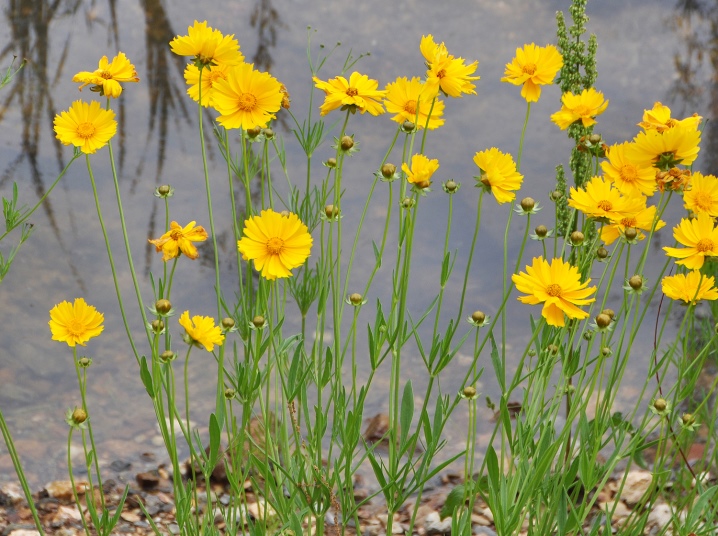
Eared
The height of this type of coreopsis is rather small and can reach a maximum of 30 cm. the flower has short rounded leaves, and it blooms quite early - in May.

Grassroots
.
This type of coreopsis is an annual plant. The flowers are colored in a wide variety of shades of yellow and gold.

California
This species can reach a height of 30 cm. The leaves have a threadlike shape.
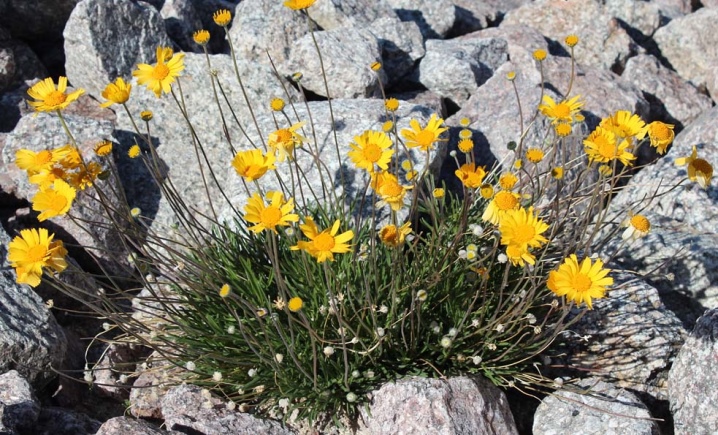
Giant
The name of the species is due to the size of the plant. So, in height, coreopsis can reach two meters and exceed human growth.
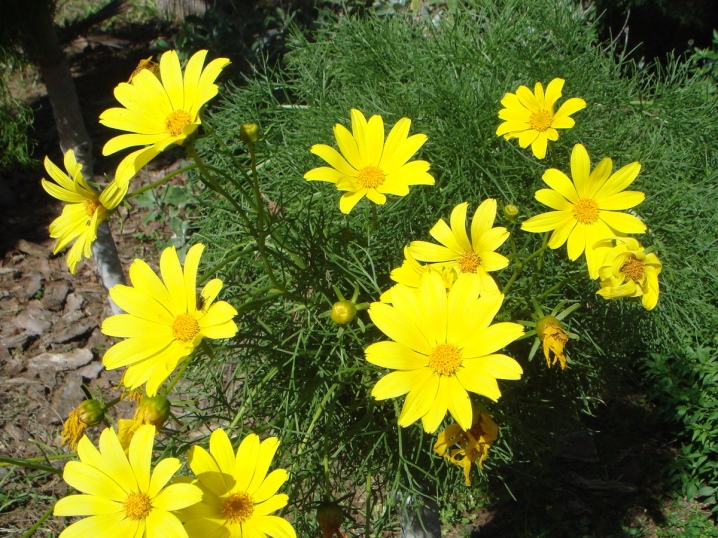
Other
The whorled coreopsis has a branched stem that is covered with green leaves that resemble needles in appearance. The flower petals that bloom in July are narrowed in shape.
Pink coreopsis gets its name from its delicate color. This plant is perennial and has needle-shaped green foliage.
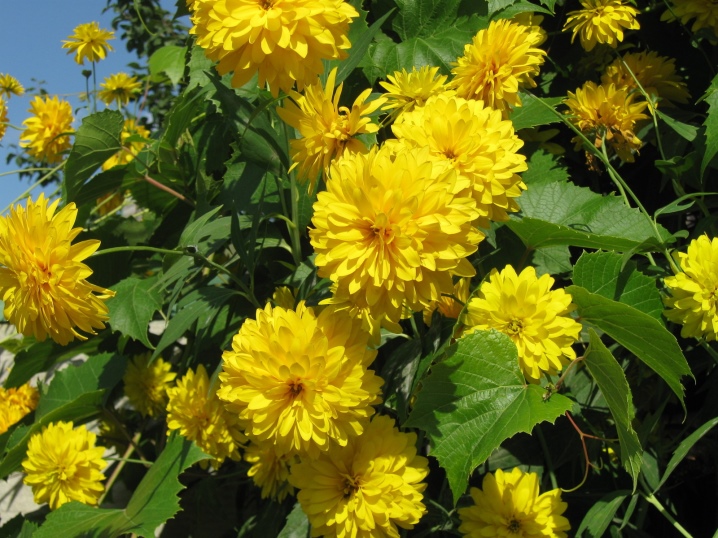
Thus, we can conclude that in nature there is a wide variety of species and varieties of coreopsis. Choose one or more of them to decorate your site.
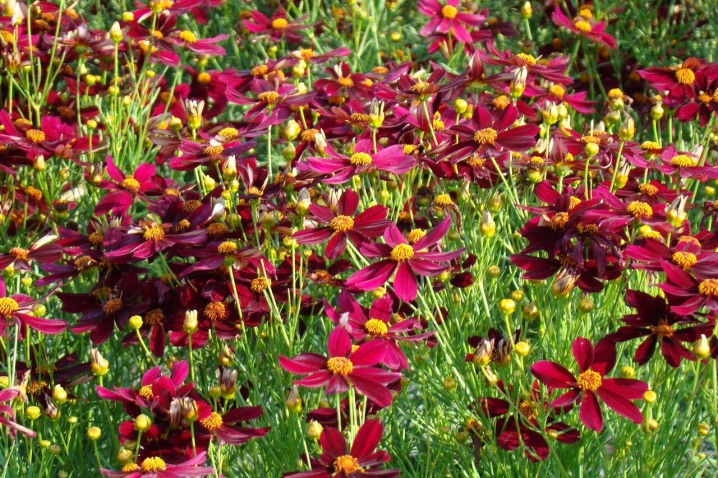
How to plant?
First of all, when planting, it is important to choose the right place. So, coreopsis prefer sunny and well-lit areas, but at the same time protected from wind and drafts. But even if these conditions are not met, the flowers will grow and develop in the shade... However, the choice of a shaded area will significantly affect the appearance of the plant: it will be elongated upward and depleted, most likely, the flowering will not be so abundant and long.
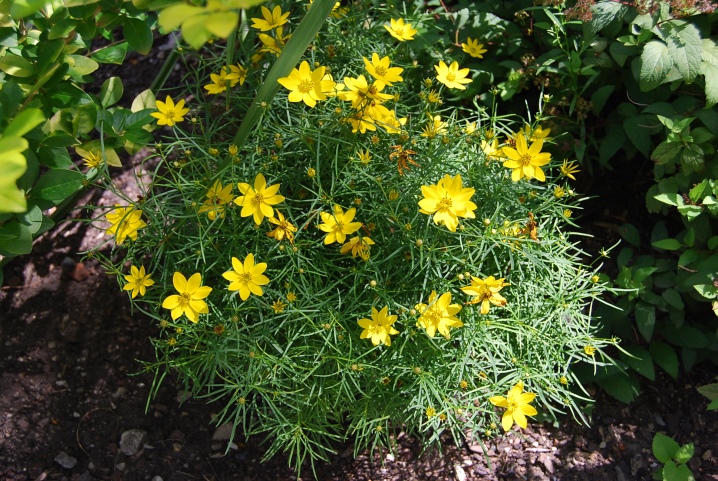
Besides, when planting in open ground, you should pay attention to the composition of the soil... In this respect, coreopsis is not very demanding. He prefers light and loose soils. The land must be loosened in advance, as well as a drainage system must be installed. The amount of nutrients and minerals in the soil should be moderate; with an excess, an intensive build-up of green mass can be observed, which can negatively affect the general condition of the plant. It should also be borne in mind that coreopsis does not tolerate acidic soils.
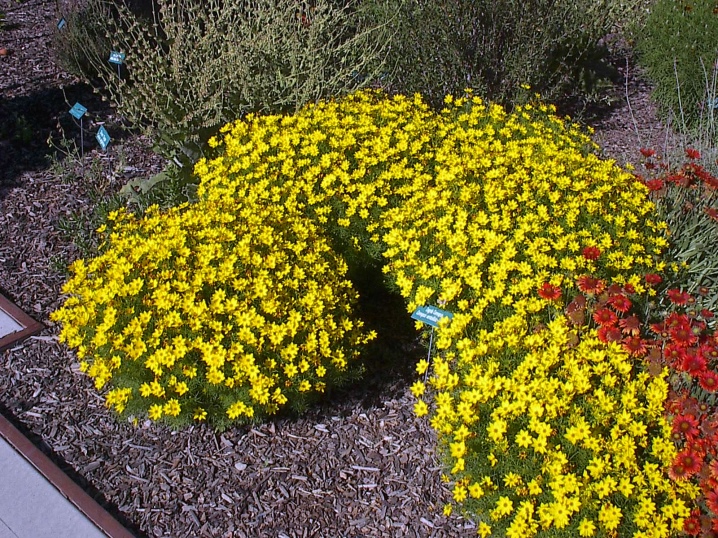
Direct planting is recommended in autumn or spring. Plants need to be planted at a distance of 50-60 cm from each other.

How to take care of it properly?
If you decide to start growing coreopsis, then it is important to follow all the rules for caring for the plant. Only in case that, if you adhere to all the recommendations of experts, your plants will be healthy and beautiful, and will also grow for many years on your site, delighting households, neighbors and even bystanders.
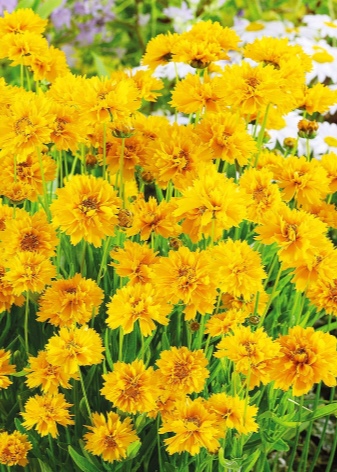
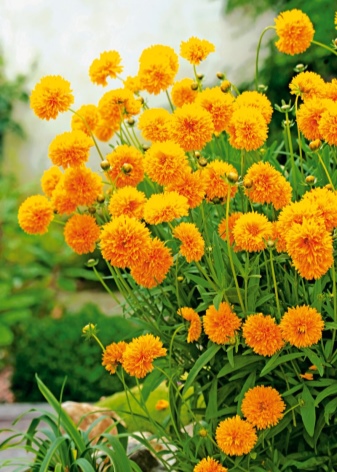
Watering
All species and varieties of coreopsis belong to the category of drought-resistant plants. Accordingly, the flowers do not need abundant and frequent watering. It is also important to ensure that there is no excessive amount of moisture (this is especially true for regions with active precipitation: rains, snows, etc.). The amount and regularity of watering coreopsis depends to a large extent on the specific type of plant. So, for example, if flowers that are painted in pink and red tones grow on your site, then keep in mind that such plants need more moisture than any other varieties.
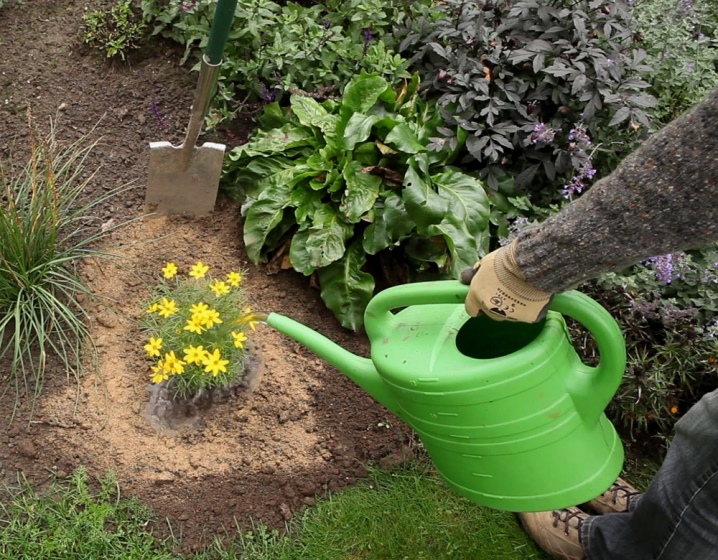
After completing the watering procedure, the ground around the bushes must be loosened. This action is to prevent cracking of the topsoil.

Top dressing
Fertilizers and feeding are not a necessary element of coreopsis care. However, it should be borne in mind that if the soil in which the plant grows is rather poor in terms of nutrients, then you should take care of their additional introduction. It is recommended to choose complex mineral fertilizers as fertilizers. On the other hand, manure and any other organic elements must be discarded.
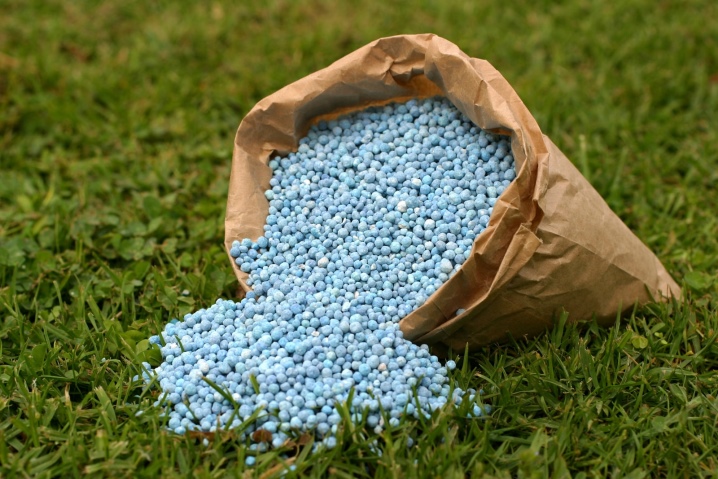
Transfer
Due to the fact that coreopsis is a plant that grows rather quickly, it is necessary to ensure the division and transplantation of mature adults. Traditionally, this procedure is recommended no more than once every three years. For this the plant is carefully removed from the soil, divided into parts with a sharp knife, so that each one has roots and shoots... All plants are planted in prepared areas.
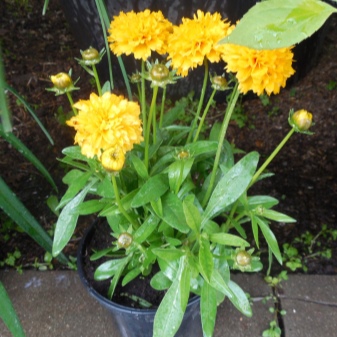
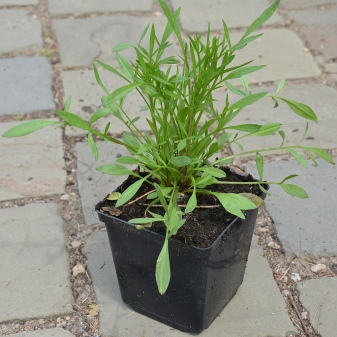
Wintering
Generally speaking, the flower does not need shelter for the winter if the temperature does not drop below minus 20 degrees. But if you live in an area with a harsh climate, then you will have to cover your coreopsis plantings for the winter with a small layer of needles and foliage. If the winter was snowy, the bushes should be freed from the snow in the spring. The plant does not like abundant moisture, which is formed due to the melting of snow in spring.
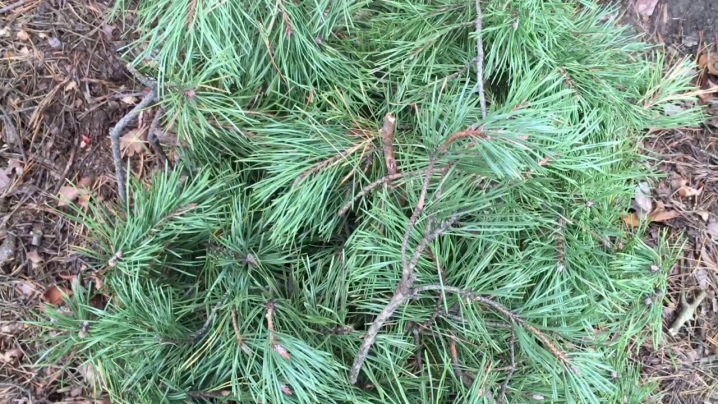
Support
As mentioned above, coreopsis is a plant that can reach a height of more than 2 meters. For this reason, some varieties (which are tall) are recommended to be tied to stable supports. This procedure is especially necessary if you are growing a flower in conditions of heavy and nutritious soil.
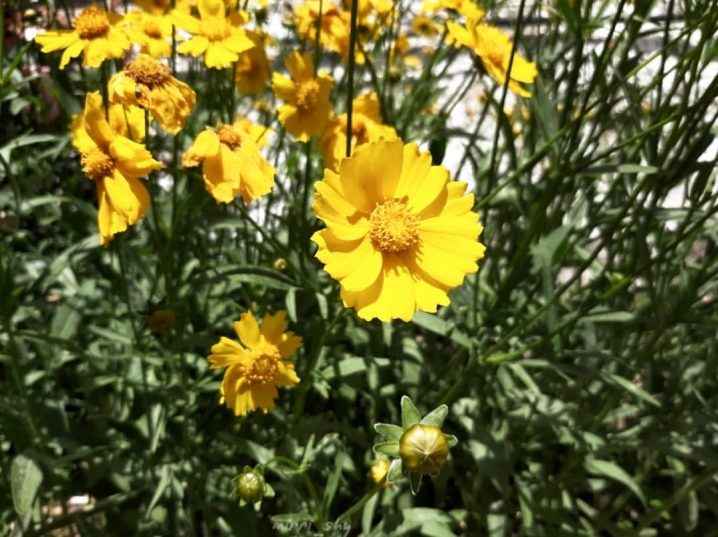
Pruning
While coreopsis is in bloom, it is important to keep an eye on the withering flowers and prune them in time. This procedure will stimulate the emergence of new and young shoots. It is also recommended to cut the stems in the fall season (this applies to perennial plants).

Be aware, however, that there are exceptions to this rule. So, in no case should you cut off large-flowered coreopsis. The thing is that this can lead to its complete freezing.
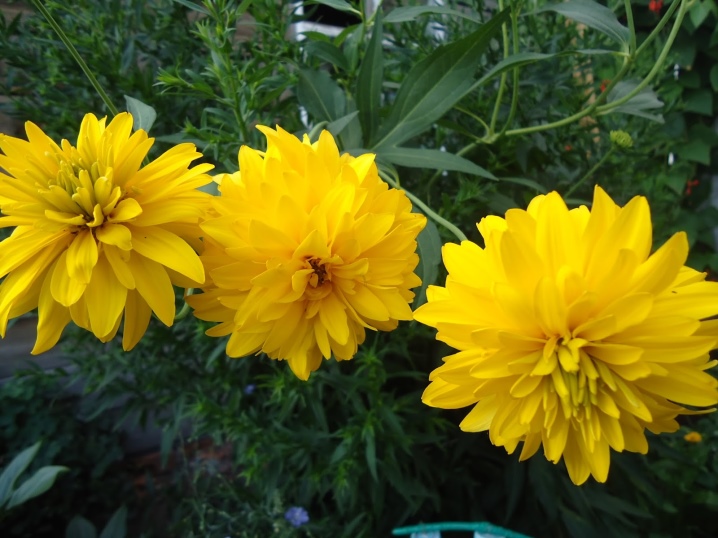
Reproduction methods
If you decide to plant coreopsis on your site and are satisfied with the result, then the question naturally arises before you about how to properly propagate a flower and what methods exist.
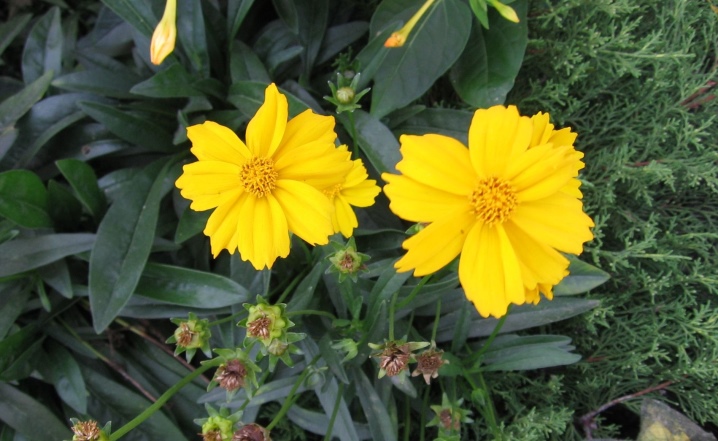
The easiest way to propagate the plant is by seed. However, it should be borne in mind in advance that this method will require a sufficient amount of not only your efforts, but also time. So, the most suitable season for planting coreopsis with seeds is spring or autumn. The most favorable spring month is April, and in the case of planting a plant in the fall, the so-called podzimny sowing is used. It should be borne in mind that perennial plant varieties during seed reproduction will begin to bloom only after a year.
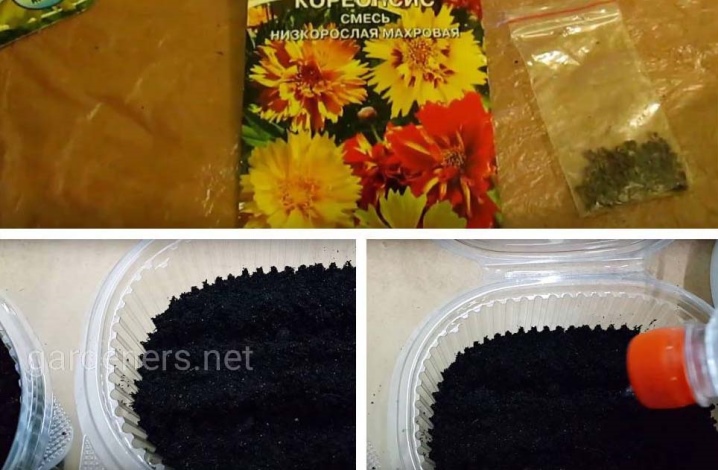
If you want the flower to bloom in the first year after planting, then you should use another method - sowing seedlings. This procedure is most often carried out in early spring, in March. For its implementation, it is necessary to prepare in advance special containers that need to be filled with a nutrient mixture from the soil. Seeds need to be placed in these containers (superficially, it is not recommended to bury them). Then the containers are covered with foil or glass. This will create the so-called greenhouse effect, respectively, accelerate the germination process. If you did everything correctly, then the first shoots of coreopsis will appear on the 10th day.
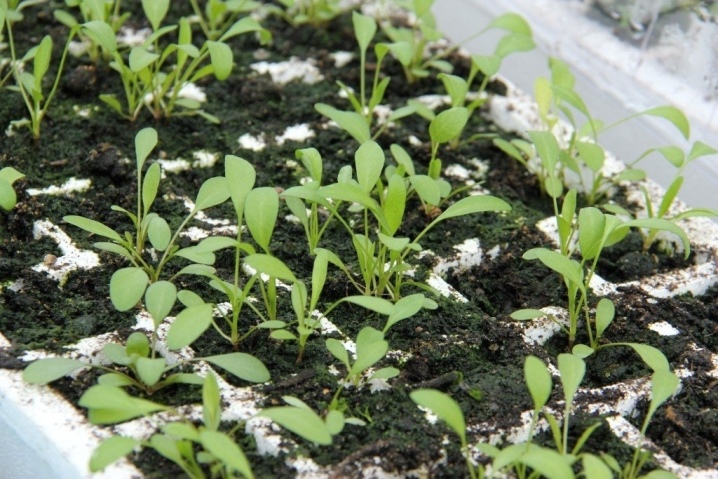
When seedlings have appeared, it is imperative to remove the existing film or glass.
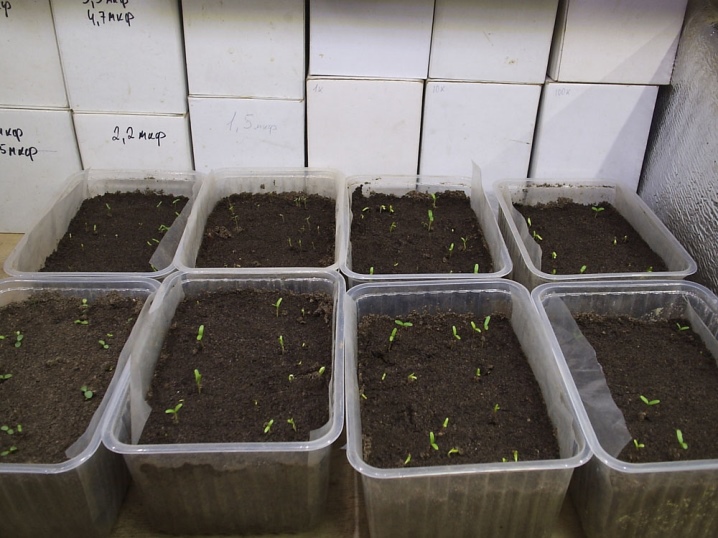
After that, you need to wait for the first leaves to appear. When this happened, you need to dive the seedlings. Remember that you need to plant plants at a short distance from each other (at least 2 cm). The box transfer is the first, but not the only one. After it, a second pick is carried out (at the moment when the flower reaches a height of 10-12 cm), but this time the procedure should be carried out by placing the sprouts in separate pots.
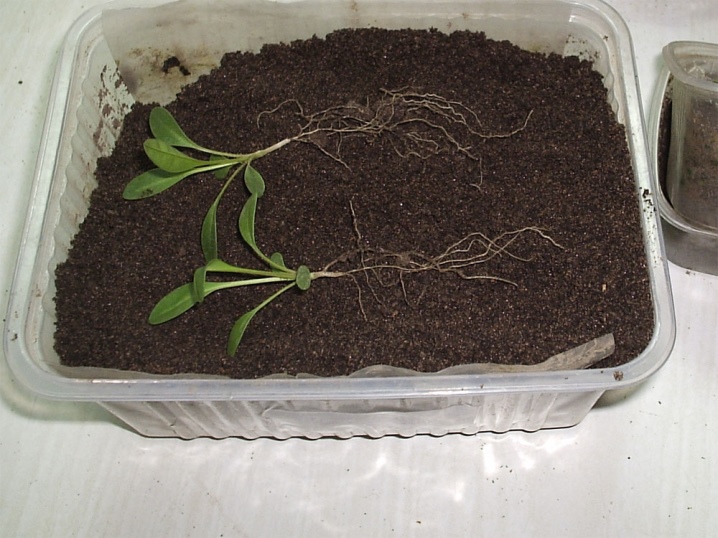
Experienced gardeners as well as botanical scientists warn that seedlings are prone to black leg (one of the diseases). In order to avoid ailment, special attention should be paid to the watering procedure. So, in no case should you overmoisten the coreopsis.
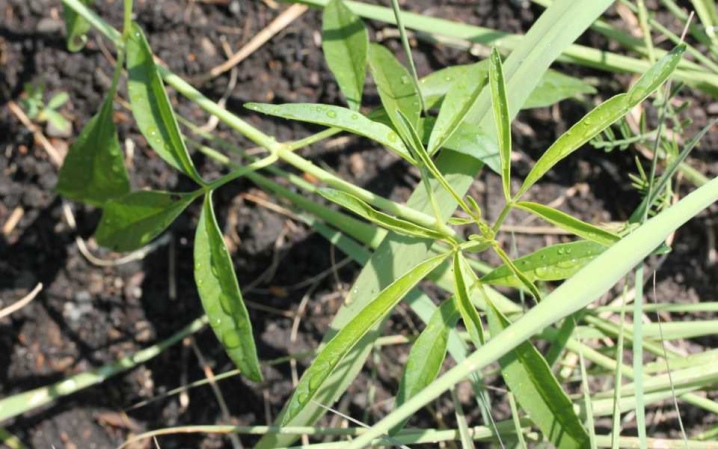
Before planting grown seedlings in open ground, it is important to carry out one more procedure, namely hardening. To do this, pots with seedlings must be periodically taken out into fresh air, while gradually increasing the time the flower stays outside the room. Coreopsis is planted in a permanent place in open ground in late spring, in May. It should be borne in mind that the distance between plants should be about 0.5-0.6 meters. Planting coreopsis using seedlings is most often carried out for planting a plant in an unfavorable climate (for example, in the north of Russia).
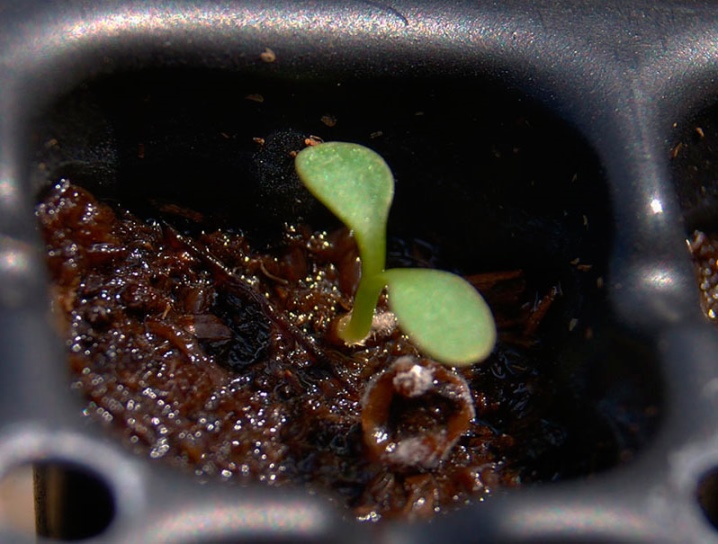
In addition to propagation by seeds, you can plant a flower by dividing, it is desirable in autumn or spring. To do this, an adult and a developed bush is dug up, divided into parts, each of which is seated in pre-prepared holes.
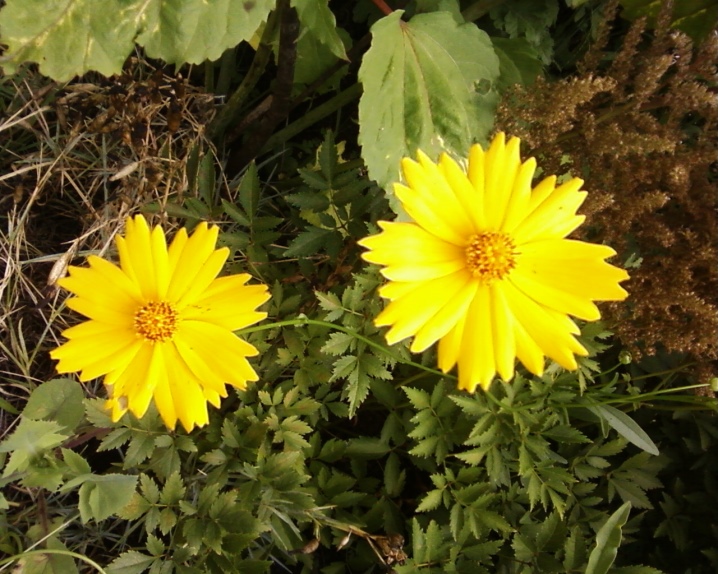
Another way is grafting. For this, cuttings are cut, placed in the soil and covered with a transparent cap on top. So rooting will happen faster. After a while, roots will appear, the plant will develop. Then you can remove the shelter.
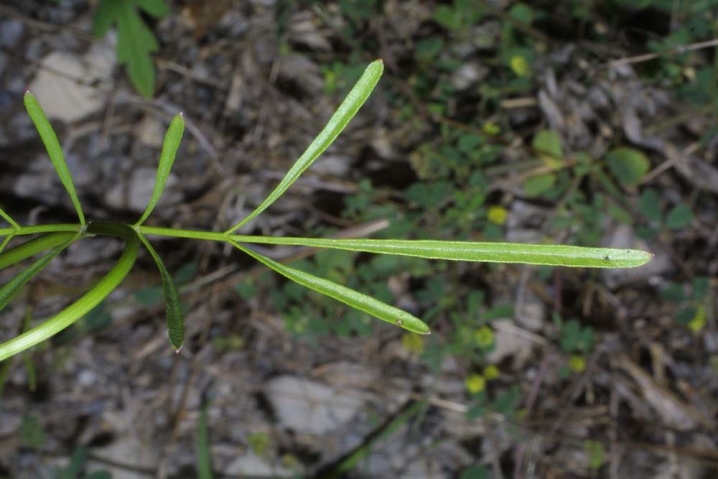
Diseases and pests
Among the most dangerous diseases to which coreopsis is most often exposed, the following can be distinguished:
- fusarium;
- rust;
- spotting;
- fungus.
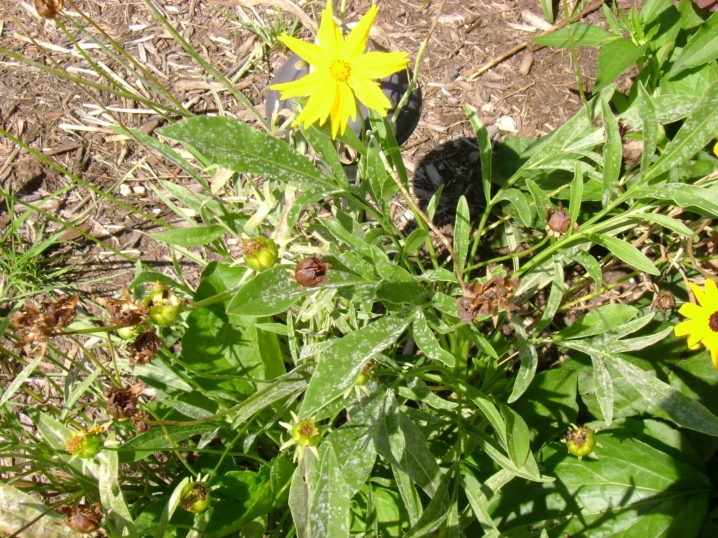
In addition, aphids can adversely affect the flower.

If signs of any of the diseases are found, it is necessary to treat the plant. To do this, the affected areas of coreopsis should be immediately removed, and the entire plant must be treated with fungicides (with intense damage, this procedure is repeated many times).
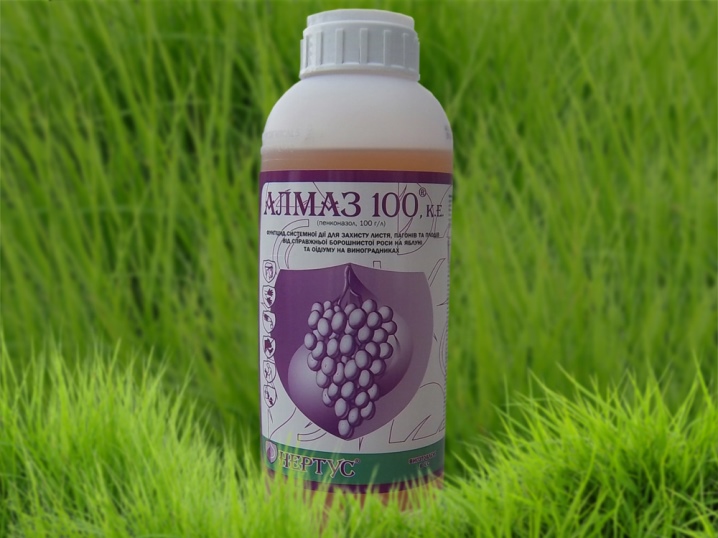
Use in landscape design
Due to the fact that coreopsis is a plant that can bloom quite actively, with great intensity and for a long period of time, it is often chosen by landscape designers to decorate garden plots. The flower will look great in a flower bed or in a flower garden.
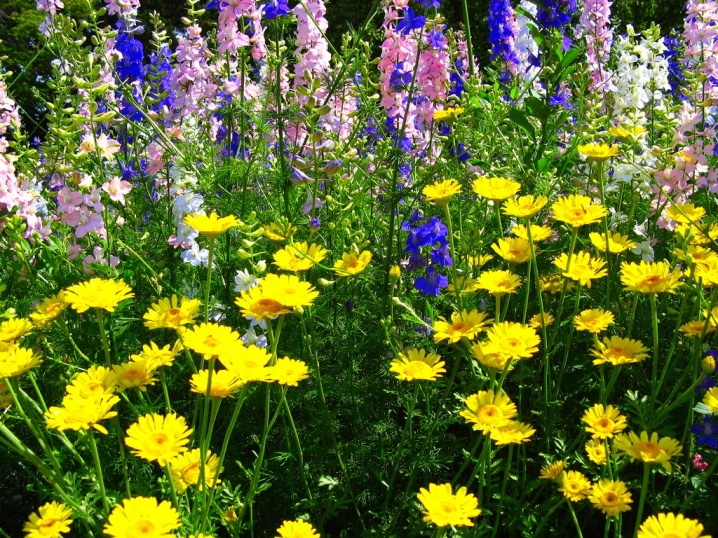
In order to make the composition more bright and unusual, coreopsis can be combined with other ornamental plants: roses, irises, dahlias, etc. In addition, you can plant coreopsis of different species, varieties and shades nearby, thereby creating original and unique compositions.
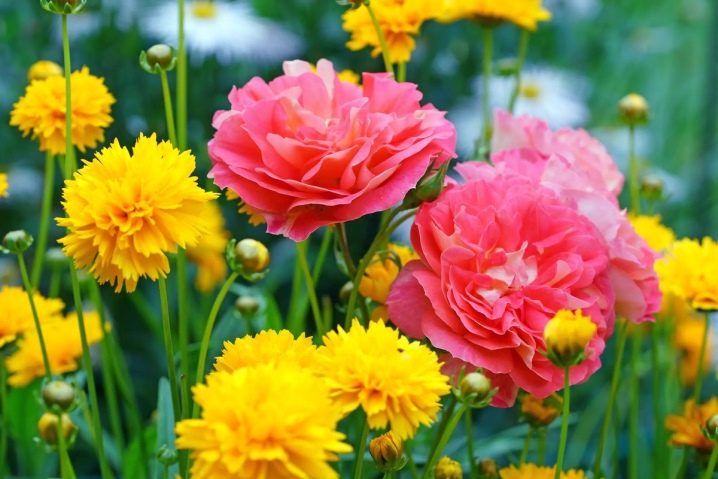
If you live in an apartment, then this is not a reason to refuse to plant an unusual flower. So, for example, by planting coreopsis in a container or box, you can brighten up your balcony or loggia.
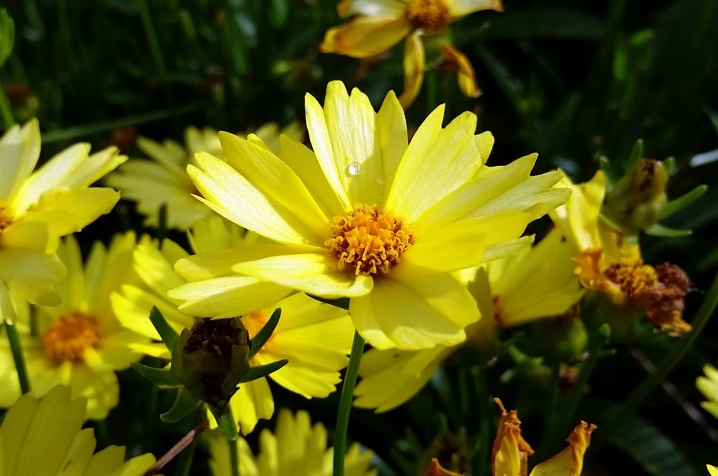
An excellent plant for planting around gazebos, along curbs and walkways. Coreopsis can be used to decorate both private and public areas.
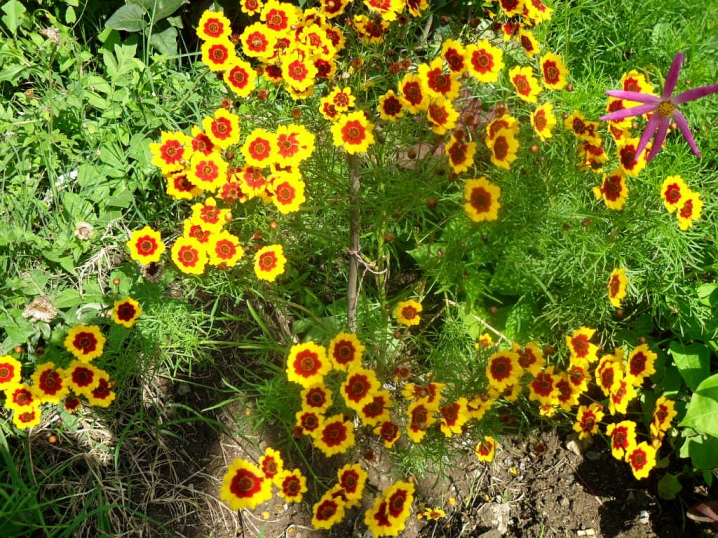
More details about Coreoptis can be found in the video below.







































































































The comment was sent successfully.